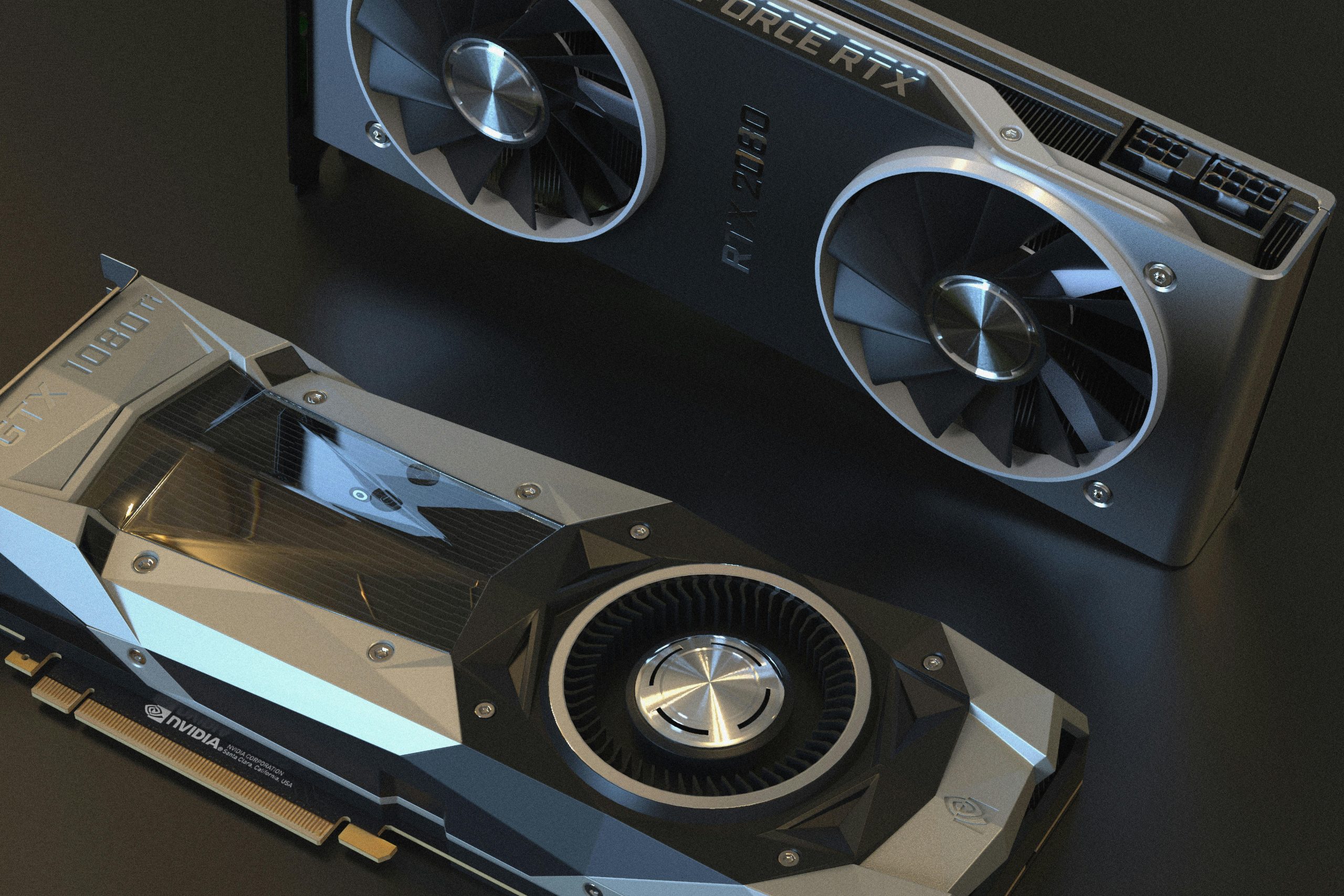Understanding GPU Utilization Issues Post-SSD Upgrade on Acer Aspire 7: A Technical Overview
Introduction
Upgrading storage devices can significantly enhance a laptop’s performance and storage capacity. However, such hardware modifications sometimes introduce unforeseen software conflicts or driver issues, especially in systems with hybrid graphics solutions. This article explores a common scenario experienced by users after swapping SSDs on an Acer Aspire 7 laptop equipped with a Ryzen 5 5500U processor, integrated Radeon graphics, and a dedicated NVIDIA GeForce GTX 1650 GPU.
System Specifications
- Model: Acer Aspire 7
- Processor: AMD Ryzen 5 5500U (with integrated Radeon Graphics)
- Dedicated GPU: NVIDIA GeForce GTX 1650
- Memory: 16GB RAM
- Storage: Upgraded from 512GB NVMe to 1TB Crucial NVMe (cloned from existing drive)
- Operating System: Windows 11
Observed Issue
Post-SSD replacement, users report a significant drop in GPU utilization during gaming sessions. Notably:
- Major titles such as Rainbow Six Siege and Red Dead Redemption 2 run predominantly on the CPU, leading to CPU utilization spikes up to 100%, with GPU activity remaining minimal.
- Initial game launches sometimes trigger the NVIDIA GPU, producing improved performance, but stability issues persist, including game crashes.
- NVIDIA GeForce Experience frequently fails to detect the GPU’s status, complicating graphics configuration adjustments.
- Attempts to disable the integrated Radeon graphics result in distorted or low-resolution displays rather than switching to the discrete GPU.
- Specific games like Rainbow Six Siege may run smoothly after configuration resets but unexpectedly crash during gameplay.
Troubleshooting Steps Undertaken
Several well-known solutions have been applied to resolve these issues, including:
- Driver Management:
- Utilized Display Driver Uninstaller (DDU) in Safe Mode to completely remove AMD and NVIDIA driver remnants.
-
Reinstalled the latest AMD Radeon and NVIDIA GeForce drivers in proper sequence.
-
Graphics Settings Configuration:
- Set high-performance mode for affected games via Windows Graphics Settings and NVIDIA Control Panel.
- Adjusted Windows power plan to “High Performance” with NVIDIA’s preferences set to “Maximum Performance.”
-
Reinstalled affected games and Steam, and cleared game-specific configuration files and registry entries to reset settings.
-
Display and Resolution Checks:
- Corrected screen resolution issues, restoring from 1600×900 to the native 192
Share this content:



